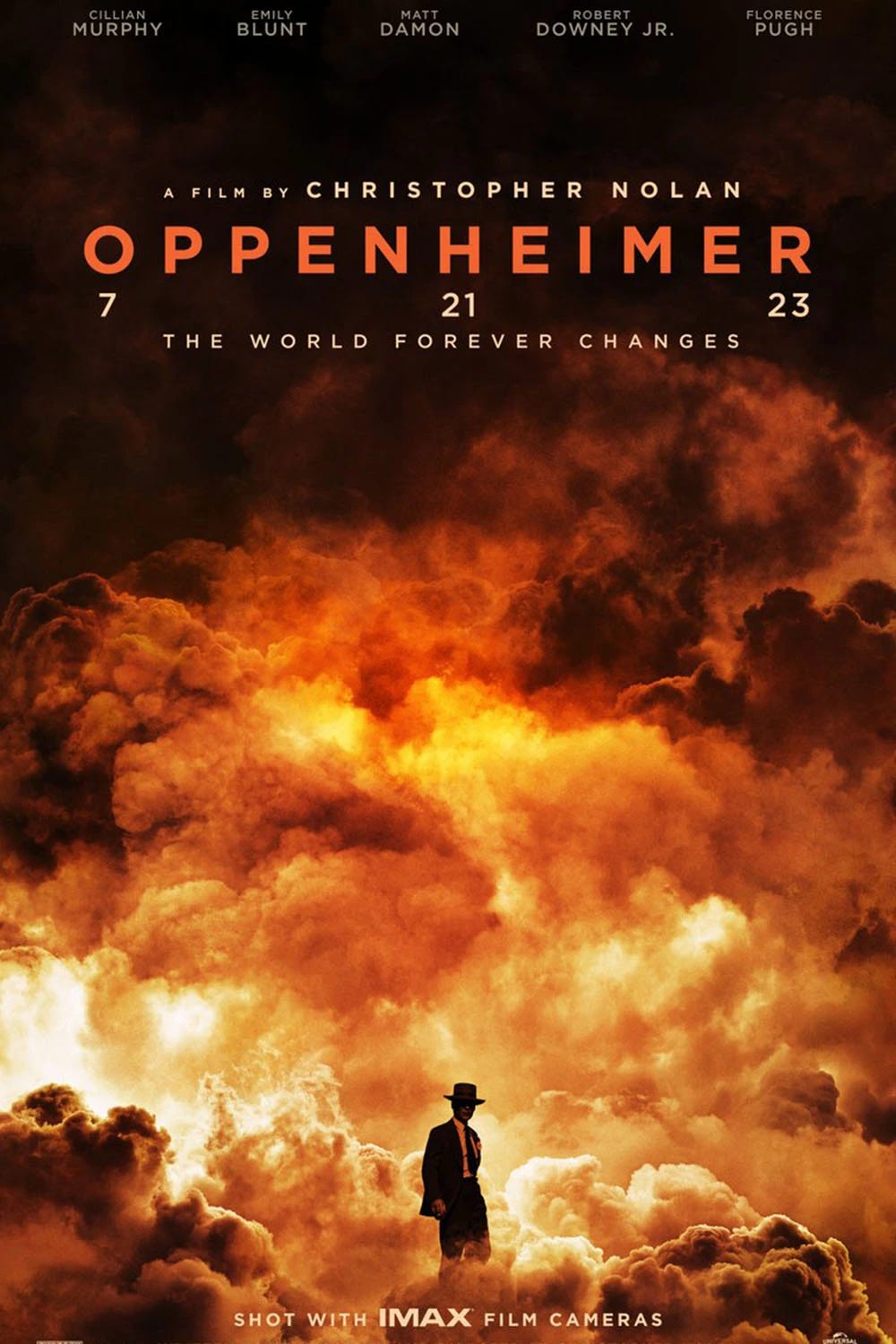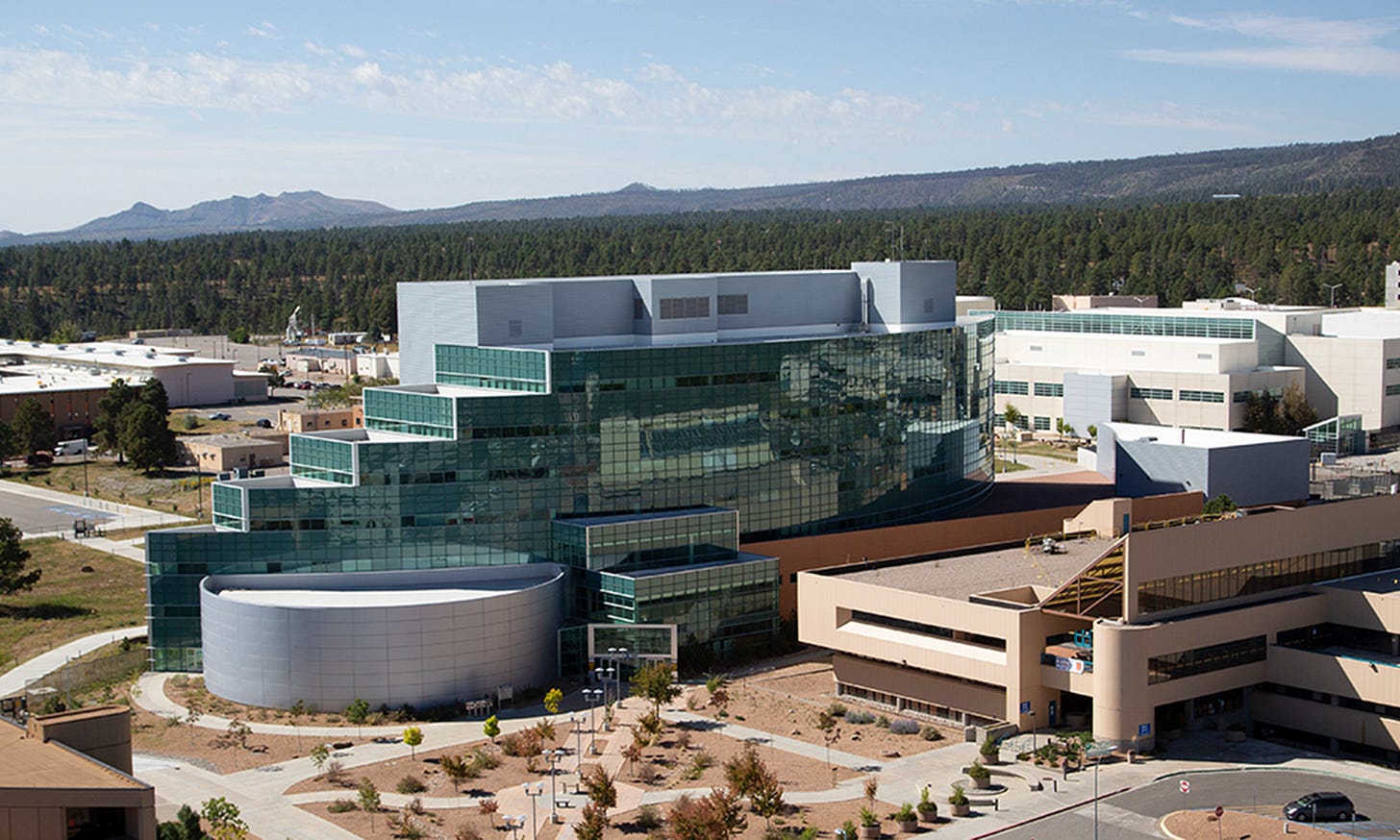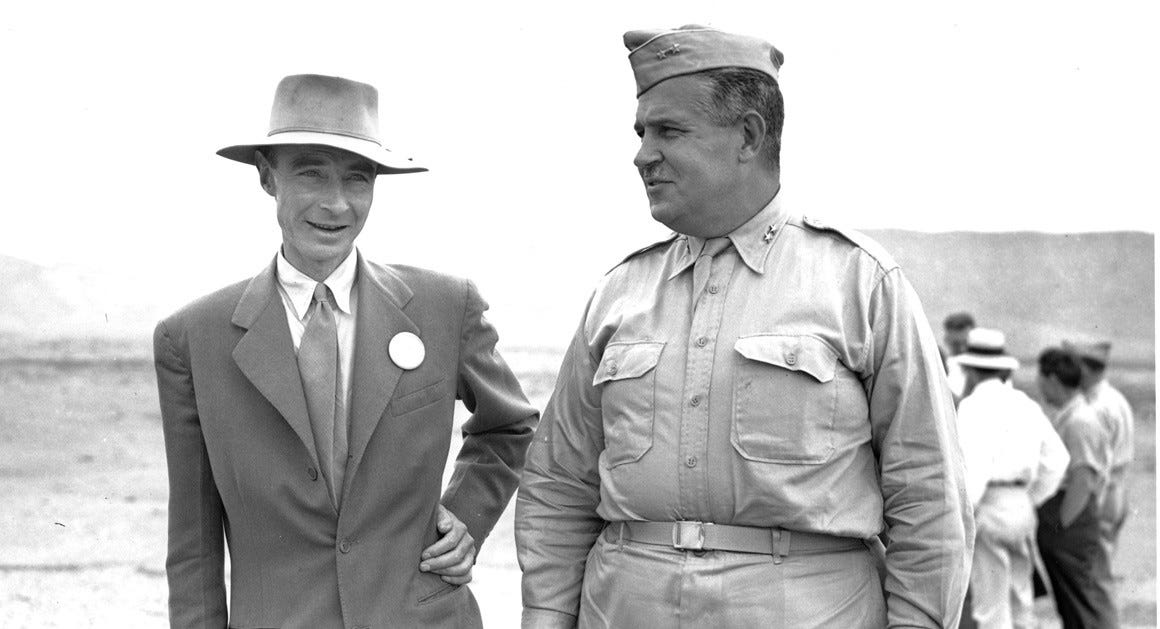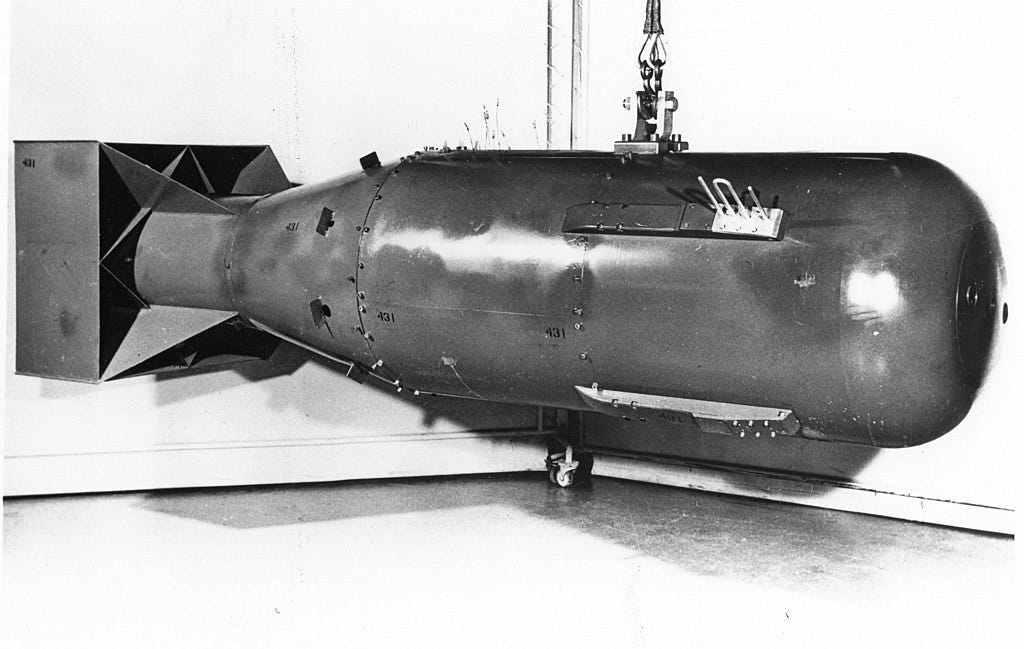Before watching Oppenheimer, know these Nuclear Physics basics
Physics of Nuclear Weapons explained...
“Now I am become death, the destroyer of worlds.”
— Bhagavad Gita
Happy New Year! Fellow Bohrons
The architect of The Dark Knight Trilogy, Inception and Interstellar is back! Christopher Nolan makes a comeback to the big screen after Tenet’s average performance at the box office in 2020. The trailer for Oppenheimer was just “dropped” last month. The much-awaited release is based on the American Prometheus, a biography written by Kai Bird and Martin J. Sherwin. It hits the theatres on 21 July 2023.
The movie depicts the life of J. Robert Oppenheimer, an American physicist whose role as the Scientific Director in the Manhattan Project, led to the development of the atomic bomb.

Watch the Oppenheimer trailer here
I was supposed to follow up on my previous article on Multiverse, but I’m so excited about the movie that I thought of putting everything else second. So excuse me for a moment, and let’s dive into a brief history of the Manhattan Project and then learn how nuclear weapons work.
The Manhattan Project
The Manhattan Project was a US government research and development project during World War II that produced the first atomic bombs. The project was under the direction of Major General Leslie Groves. Nuclear physicist Robert Oppenheimer was the director of the Los Alamos Laboratory that designed the actual bombs.

Here is a timeline of the major events that led to the construction of atomic bombs:
1939
August 2 — Einstein and Leo Slizard write to President Roosevelt.
September 1 — World War II begins.
1942
August 13 — Manhattan Engineering District is established for the purpose of creating an atomic bomb.
September 23 — Col. Leslie Groves is placed in charge of the Manhattan Project. Robert Oppenheimer becomes scientific director of Los Alamos Laboratory.

1943
May 5 — Japan becomes the primary target for any future atomic bomb according to the Military Policy Committee of the Manhattan Project.
1945
April 12 — Roosevelt dies. Harry Truman is named the 33rd president of the U.S.
July 16 — The world's first atomic detonation takes place in the Trinity Test at Alamogordo, New Mexico.
July 21 — Truman orders atomic bombs to be used.
Aug. 6 — Little Boy, a uranium bomb, is detonated over Hiroshima, Japan. It kills between 90,000 and 100,000 people immediately.
August 9 — Fat Man, an implosion-type plutonium weapon is dropped on the city of Nagasaki, the secondary target, as the primary, Kokura, is obscured by cloud and smoke.
September 2 — Japan surrenders.


Einstein was never directly involved in the project. However, his two indirect actions more or less contributed to building the Atomic Bomb:
He discovered the mass-energy equivalence E = mc² which states that mass and energy are two different forms of the same thing. More importantly, they are interconvertible. This equation lies at the heart of nuclear physics.
Upon learning that Germans were conducting research on using nuclear fission as a weapon, he helped fellow physicist Leo Slizard write a letter to President Roosevelt, urging him to consider building the atomic bomb before them.

Physics of Nuclear Weapons
What is a Nuclear Reaction?
Nuclear Reaction is the process in which two nuclei come close together and collide to produce new nuclei. Since the nucleus is composed of protons, it is positively charged and hence two nuclei repel each other. Energy is required to break the barrier of repulsion and for the nuclear reaction to occur. Two types of nuclear reactions are Nuclear Fission and Nuclear Fusion.
What is a Nuclear Fission?
When a certain heavy nucleus is bombarded by fast-moving incident neutrons, it splits into lighter nuclei. This process is known as nuclear fission. The lighter nuclei are known as fission fragments. In addition to these, secondary neutrons and energy (in the form of radiation) are also produced. Hence, it is an exothermic process.
The Atomic Bomb is based on a fission reaction.

What is a Nuclear Fusion?
If two lighter nuclei combine to form a relatively heavier nucleus, the mass of the product may turn out to be less than the sum of the masses of reactants. In this case, the disappearing mass Δm appears in the form of energy as given by E = Δmc². This process is known as nuclear fusion.
Nuclear fusion requires millions of degrees of temperature to occur, hence it is only found in the core of stars. Humans are yet to devise a method to harness the energy of nuclear fusion on Earth. The Hydrogen Bomb is based on a fusion reaction.

What is a Nuclear Chain Reaction?
The secondary neutrons released in nuclear fission can be used to drive other fission reactions. A self-sustaining sequence of fission produces a tremendous amount of energy and is known as a nuclear chain reaction.

What is a Nuclear Weapon?
A nuclear weapon is an explosive device that uses a controlled or uncontrolled nuclear chain reaction to release vast amounts of energy. It uses one or a combination of fission and fusion.
The most commonly used fuel materials for fission-based nuclear weapons applications are uranium-235 and plutonium-239. A fusion-based nuclear weapon is called a thermonuclear weapon or hydrogen bomb. It relies on fusion reactions between isotopes of hydrogen: deuterium and tritium.
Although fusion weapons are more difficult to design and execute than fission weapons, they are more efficient and hence most of the nuclear weapons deployed today use the thermonuclear design.

In the next article, we’ll continue our exploration of multiverses.
Sources:
Ch 12 - Nuclear Transformations, Concepts of Modern Physics, Arthur Beiser
The Manhattan Project - AMNH
The Basics of Nuclear Weapons: Physics, Fuel Cycles, Effects and Arsenals, Federation of American Scientists (FAS)
Why and why not e=mc²? - Akanksha, Bohring
The Manhattan Project Timeline - ThoughtCo.
Nuclear Weapon - Wikipedia




